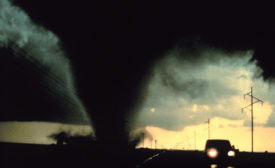Sustainability in Health and Safety
Selection, care & use of FR garments
NFPA 2113 standard spells it out for you
January 18, 2019
Respirator fit testing: real-time measurements for safety & efficiency
Finding the right mask match
January 3, 2019
WHO:
Health benefits far outweigh the costs of meeting climate change goals
December 20, 2018
Never miss the latest news and trends driving the safety industry
eNewsletter | Website | eMagazine
JOIN TODAYCopyright ©2024. All Rights Reserved BNP Media.
Design, CMS, Hosting & Web Development :: ePublishing









